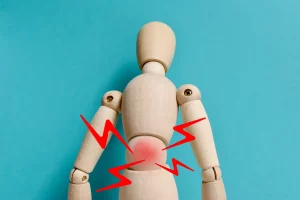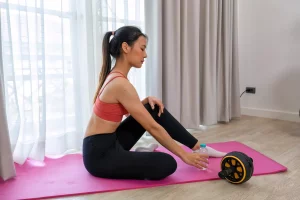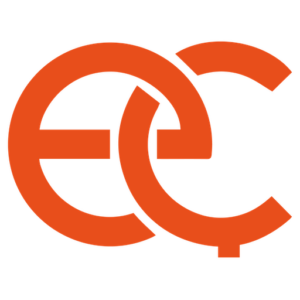Lumbar hernia is seen most frequently at the L4-L5 and L5-S1 levels. In addition to low back pain and stiffness, some neurological symptoms may also be seen in lumbar hernia in case of the pressure on nerve root. Lumbar hernias may be expressed with the descriptions like “bulging”, “protrusion”, “extruded hernia”, “sequestered hernia” in MRI reports.
There are 5 vertebral bones in our lumbar area. These are named as L1, L2, L3, L4 and L5. Sacrum bone is located just below the lumbar vertebras. The discs which absorb the load are between our vertebras. It is called a hernia when these discs move backwards from their location because of various reasons.
- L4-L5 lumbar hernia means the herniation of the disc between L4 vertebra and L5 vertebra
- L5-S1 lumbar hernia is the herniation of the disc between L5 vertebra and sacrum.
What are the Symptoms of Lumbar Hernia?

The most common symptoms in lumbar hernia are low back pain and stiffness. When the herniation pressurizes the nerve, various neurological symptoms may be seen according to the level. The feeling of pain and numbness may expand from low back to hip and back of the knee, even onto the sole.
In case of L4-L5 lumbar hernia:
- Inability to pull the big toe up,
- Inability to walk on the heels,
- Having difficulty in opening the hip to the side,
- Loss of sensation on the top of the foot and
- Sciatica symptoms may be seen.
And in L5-S1 lumbar hernia the symptoms like:
- Weakness in turning the foot outwards and pressing it down,
- Numbness and loss of sensation on the side of the little toe of the foot,
- Pain expanding from the waist to the leg when lifting the leg in a straight position while lying down may be seen.
How is Lumbar Hernia Treated?

Most of the lumbar hernias can be treated without surgical operation. Active rest, medications, physical therapy, manual therapy and injections may be used in lumbar hernia treatment.
Active rest means person’s avoiding forceful activities but not remaining bedridden. It is needed to avoid movements which force the low back and makes the pain more severe especially in the periods with severe pain. You can continue light housework and short walks which do not strain you.
Medication may ensure comfort in the painful period. One or more of painkillers, anti-edema and muscle relaxants can be used. In case of severe pains caused by nerve compression, it may be necessary to use neuropathic pain medications.
Although the use of a corset provides benefit during the painful period, the long-term use of it may cause weakening of the lumbar muscles and chronic problems in the low back area. For this reason, it is recommended to be used under the supervision of a doctor.
In physical therapy, hot and cold applications, ultrasound, transcutaneous electric nerve stimulation, muscle strengthening via electric stimulation, traction, massage, manual therapy and personalized exercises may be used. An exercise program which strengthens the lumbar muscles and stretches the necessary muscles is quite effective for preventing the pain related to lumbar hernia.
If no relief can be ensured regarding the complaints despite physical therapy, sclerotherapy may be used.
If non-surgical methods do not benefit for treatment of lumbar hernia, or if the patient has complaints like progressive loss of muscle strength, loss of sensation, urinary and fecal incontinence, surgical option is brought to the agenda.

